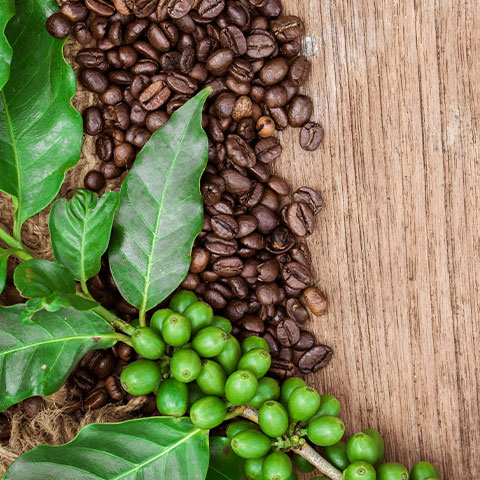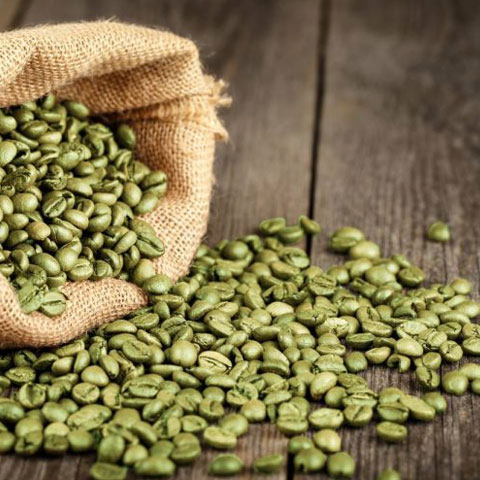Coffee Beans
Coffee Beans
India is one of the few countries in the world that have initiated research efforts in coffee with an objective of providing technical guidance to the planting community. The United planters Association of South India (UPASI) established in 1892 took first major step in organizing research efforts to tackle various pests and diseases afflicting the coffee plantations. Later, Dr.L.C.Coleman, the Director of Agriculture in the erstwhile Mysore government, in a major visionary effort established an exclusive research station for coffee namely the Mysore Coffee Experimental Station near Balehonnur in Chikmagalur district of Karnataka in the year 1925, with primary objectives of breeding resistant varieties and to evolve control measures against pests and diseases. Dr.M.K.Venkata Rao, a Mycologist was the first Research Officer in-charge of the Experimental Station and was responsible for collection of leaf disease resistant arabica material from different areas between 1925-31.
Coffee is one of the world's most beloved beverages, with millions of people starting their day with a cup of this aromatic brew. However, behind every cup of coffee lies a complex global market of coffee beans as commodities. Coffee beans are traded extensively on commodity exchanges worldwide, playing a crucial role in the economies of many countries.
Coffee beans are typically categorized into two main types based on their processing stage : Roasted and Green.


